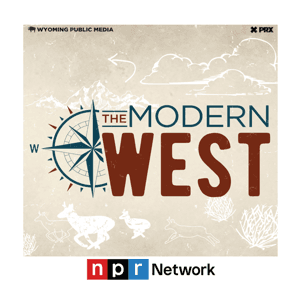UPDATE: The U.S. Fish and Wildlife Service has extended the public comment period on proposed changes to the grizzly bear's Endangered Species Act listing. The new deadline is May 16.
The U.S. Fish and Wildlife Service is proposing changes to the grizzly bear's listing under the Endangered Species Act, and a public comment period is open until March 17th. But what exactly would this new rule mean for grizzly bear management, landowners, and the future of the species?
In this episode, Jared and Zach sit down with Shaleas Harrison, Wyoming Resources Coordinator with Western Landowners Alliance, to break down the proposed rule, the long history of grizzly bear listing and delisting efforts, and what the proposed changes could mean for people living and working in grizzly country.
Learn more about the proposed rule and submit a public comment.
Full show notes here.



































